Home>Interior Design>The 5 Unluckiest Bedroom Colors Experts Want Us All To Avoid
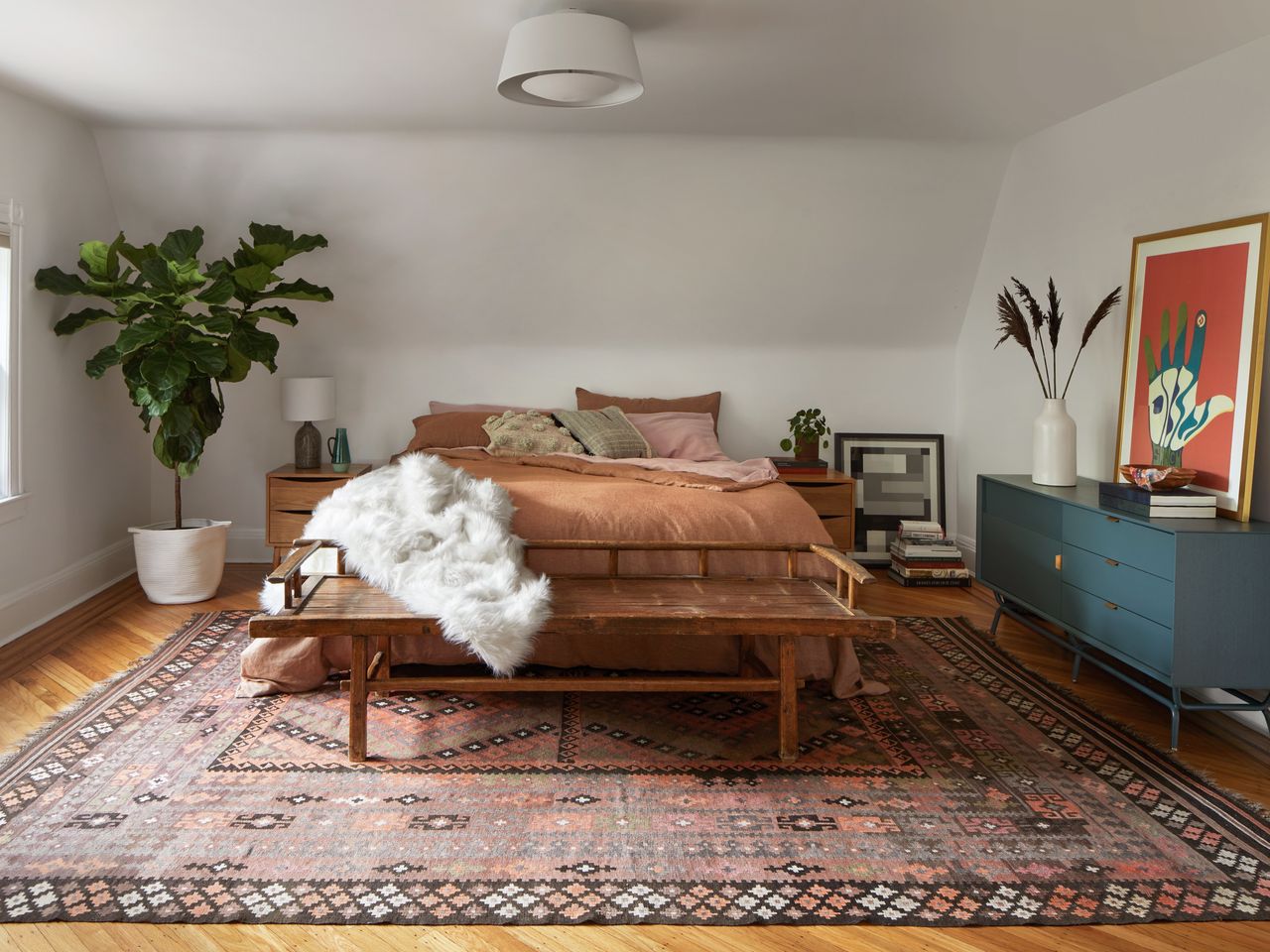

Interior Design
The 5 Unluckiest Bedroom Colors Experts Want Us All To Avoid
Modified: March 1, 2024
Discover the 5 most unfortunate bedroom colors according to interior design experts. Avoid these hues for a better bedroom ambiance.
(Many of the links in this article redirect to a specific reviewed product. Your purchase of these products through affiliate links helps to generate commission for Storables.com, at no extra cost. Learn more)
Introduction
When it comes to designing our bedrooms, we often focus on creating a space that is comfortable, relaxing, and visually appealing. We carefully choose the furniture, the bedding, and the decor to reflect our personal style and create a soothing sanctuary. However, have you ever considered the impact that color can have on the energy and luck in your bedroom?
According to interior design experts, certain colors are believed to carry negative energy and bring bad luck into our lives. While this may seem like superstition to some, many people take these beliefs seriously and actively avoid using these colors in their bedrooms.
In this article, we will explore five of the unluckiest bedroom colors that experts want us to avoid. From the symbolic meanings attached to each color to the potential negative effects they can have on our well-being, we will delve into the world of color psychology and its impact on our sleep and overall energy.
So, if you’re curious to learn which colors you should steer clear of when designing your bedroom, keep reading. Whether you’re a believer in the power of color or simply looking for some design inspiration, understanding the potential effects of these colors can help you create a harmonious and luck-attracting space.
Key Takeaways:
- Avoid using black, red, yellow, green, and purple as dominant bedroom colors to promote a harmonious and luck-attracting space. Use them sparingly as accents or in softer shades for a balanced and inviting environment.
- While black, red, yellow, green, and purple are considered unlucky bedroom colors, their negative effects can be mitigated through strategic use, moderation, and combination with complementary colors. Ultimately, create a bedroom that aligns with your personal style and promotes restful sleep.
Unlucky Bedroom Colors: A Brief Overview
Color has long been recognized as having a significant influence on our emotions, moods, and energy levels. Different colors evoke different reactions in people, and this is especially important when it comes to the spaces where we spend a significant amount of time, such as our bedrooms.
The concept of unlucky bedroom colors stems from color psychology, which explores the ways in which different colors affect our thoughts, feelings, and behavior. While there are no hard and fast rules when it comes to color choices, some colors have been associated with negative energy and are believed to bring bad luck into our lives.
It is important to note that the impact of color can vary from person to person, and cultural and personal beliefs can also play a significant role. However, these five colors have consistently been identified as unlucky by interior design experts.
In the following sections, we will explore each of these colors in more detail, examining the symbolism and potential effects they may have on your bedroom’s energy.
Black: The Color of Bad Luck
Black, often associated with darkness and mystery, is considered one of the unluckiest colors in many cultures. Symbolically, black represents negative energy, emptiness, and even death. In the world of interior design, black is often avoided in bedrooms as it is believed to attract and amplify negative energy.
Using black as the primary color in your bedroom can create a heavy and somber atmosphere, hindering relaxation and sleep. It is believed to promote feelings of sadness, depression, and stagnation. This is especially true if your bedroom lacks natural light, as black can further dampen the space and make it feel even darker and more closed off.
However, this doesn’t mean that black should be completely avoided in bedroom design. When used strategically and in moderation, black can add depth and contrast to a space. Consider incorporating black accents, such as furniture or decorative items, to create a sense of balance and sophistication.
If you appreciate the elegance and allure of black, balance it out with lighter colors like white, cream, or soft pastels. This combination can create a visually striking and harmonious environment while preventing the overwhelming influence of black.
In summary, while black can be a beautiful and stylish color, it is generally advisable to avoid using it as the dominant color in your bedroom. Instead, use it sparingly as an accent color to create a balanced and inviting space.
Red: Fueling Unwanted Energy
Red, the color of passion and intensity, is believed to be a powerful and stimulating color. While it can bring a sense of excitement and energy to a space, it is generally advised to avoid using red as the main color in your bedroom.
Red is associated with strong emotions such as anger, agitation, and aggression. In the context of a bedroom, this can create an environment that is not conducive to relaxation and sleep. It is believed that red can fuel unwanted energy and make it difficult to unwind and find inner peace.
That said, incorporating touches of red in the bedroom can still be done in a way that promotes balance and harmony. For example, using red as an accent color in small doses, such as through decorative pillows or artwork, can add a pop of vibrancy without overwhelming the space.
If you’re drawn to the energetic qualities of red and would like to incorporate it into your bedroom design, consider using softer shades like rose or coral instead. These hues can evoke a sense of warmth and passion without the overpowering intensity associated with bright red.
Ultimately, the key is to strike a balance. If you decide to include red in your bedroom, be mindful of the overall energy it brings and ensure that it aligns with your desire for a tranquil and restful sleep environment.
Tip: Avoid using dark and gloomy colors like black, deep purple, and dark brown in your bedroom as they can create a heavy and oppressive atmosphere, leading to feelings of unease and restlessness. Instead, opt for calming and soothing colors like light blue, soft green, or gentle lavender to promote relaxation and better sleep.
Yellow: A Color of Instability
Yellow, often associated with brightness and cheerfulness, may seem like a color that would be suitable for a bedroom. However, when it comes to creating a calm and serene atmosphere, caution is advised when using yellow as the dominant color.
Yellow is known for its stimulating and energizing qualities. It can evoke feelings of happiness, optimism, and creativity. However, in large amounts, yellow can also be overwhelming and may lead to feelings of restlessness and anxiety.
Yellow is believed to be a color of instability and can disrupt the balance and tranquility that is desired in a bedroom. It is important to create a space that promotes relaxation and sleep, and too much yellow can be counterproductive to this goal.
If you still want to incorporate yellow into your bedroom, it is recommended to use softer shades, such as pastels or pale yellows. These tones can create a more calming and soothing environment, reducing the risk of overwhelming stimulation.
Consider using yellow as an accent color through accessories, such as throw pillows or artwork, to add a touch of brightness without overpowering the space. Pairing yellow with cool tones like blue or green can also help to balance the energy in the room.
Remember, the goal is to create a bedroom that promotes a sense of stability and peace. So, when it comes to yellow, moderation is key.
Green: Causing Restlessness
Green, commonly associated with nature and freshness, is a color that symbolizes growth and vitality. In many cultures, green is considered a lucky color that brings abundance and harmony. However, when it comes to using green in the bedroom, there are some factors to consider.
While green can create a sense of calm and balance, certain shades of green, especially bright and vibrant greens, can have the opposite effect. These shades can stimulate the senses and create a feeling of restlessness, making it difficult to relax and unwind in the bedroom.
To create a more soothing atmosphere, it’s advisable to choose softer and more muted shades of green. Opt for pastel greens or earthy tones that resemble the colors found in nature. These shades can evoke a sense of tranquility and connection to the outdoors.
Incorporating natural elements, such as plants or botanical artwork, can further enhance the peaceful ambiance. These elements not only add to the aesthetics but also promote a sense of relaxation and rejuvenation.
If you’re hesitant about using green as the main color in your bedroom, consider using it as an accent color. This could be in the form of bedding, curtains, or decorative accessories. By using green in moderation, you can still experience its calming effects without overwhelming the space.
Ultimately, the key is to strike a balance and choose shades of green that create a harmonious and restful environment. By doing so, you can harness the positive energy associated with this color while ensuring a good night’s sleep.
Purple: Inviting Misfortune
Purple, often associated with luxury, creativity, and spirituality, is a color that can add a touch of elegance to any space. However, when it comes to the bedroom, purple is considered by some to be an unlucky color that can invite misfortune.
Historically, purple has been associated with royalty and power. In certain cultures, it is believed that using purple in the bedroom can disrupt the balance and harmony of the space, leading to unwanted challenges and difficulties in life.
In color psychology, purple is considered a strong and intense color that can stimulate the mind and imagination. While this may be desirable in some settings, it can be counterproductive in a bedroom where rest and relaxation are the primary goals.
For those who still wish to incorporate purple into their bedroom design, opting for softer shades like lavender or lilac can help create a more calming and soothing environment. These lighter hues can evoke a sense of serenity while minimizing the potential negative effects associated with dark or vibrant shades of purple.
It is also important to balance the energy of purple with other colors. Pairing purple with neutral tones like white or beige can create a sense of balance and prevent the color from overwhelming the space.
If you’re unsure about using purple as the main color in your bedroom, consider incorporating it as an accent color through bedding, curtains, or decorative accessories. This way, you can still enjoy the luxurious and creative qualities of purple without risking any potential negative energy.
Ultimately, the decision to use purple in the bedroom depends on personal beliefs and preferences. If you are drawn to the allure of purple, consider the symbolism and potential effects it may have on the energy in your bedroom.
Conclusion
Choosing the right colors for your bedroom is an essential aspect of creating a harmonious and inviting space. While personal preferences and cultural beliefs may vary, it’s worth considering the potential impact that colors can have on our emotions, energy levels, and even our luck.
In this article, we explored five of the unluckiest bedroom colors according to interior design experts. We discovered that black, red, yellow, green, and purple are believed to carry negative energy and potentially disrupt the desired atmosphere of relaxation and restfulness.
However, it’s important to remember that color psychology is not set in stone, and personal experiences and preferences can override any general beliefs. Ultimately, the decision of which colors to use in your bedroom should reflect your own taste and the ambiance you wish to create.
If you still want to incorporate any of these colors into your bedroom, there are ways to mitigate their potential negative effects. Consider using them as accent colors, in softer shades, or in combination with other complementary colors to achieve a balanced and visually appealing space.
Ultimately, the most important aspect of designing your bedroom is to create a space that feels comfortable and promotes restful sleep. Whether you choose to avoid the unluckiest colors or embrace them in moderation, the key is to create an environment that aligns with your personal style and promotes optimal relaxation.
So, take some time to explore the colors that resonate with you, experiment with different combinations, and create a bedroom that not only looks beautiful but also provides the peaceful haven you deserve.
Frequently Asked Questions about The 5 Unluckiest Bedroom Colors Experts Want Us All To Avoid
Was this page helpful?
At Storables.com, we guarantee accurate and reliable information. Our content, validated by Expert Board Contributors, is crafted following stringent Editorial Policies. We're committed to providing you with well-researched, expert-backed insights for all your informational needs.
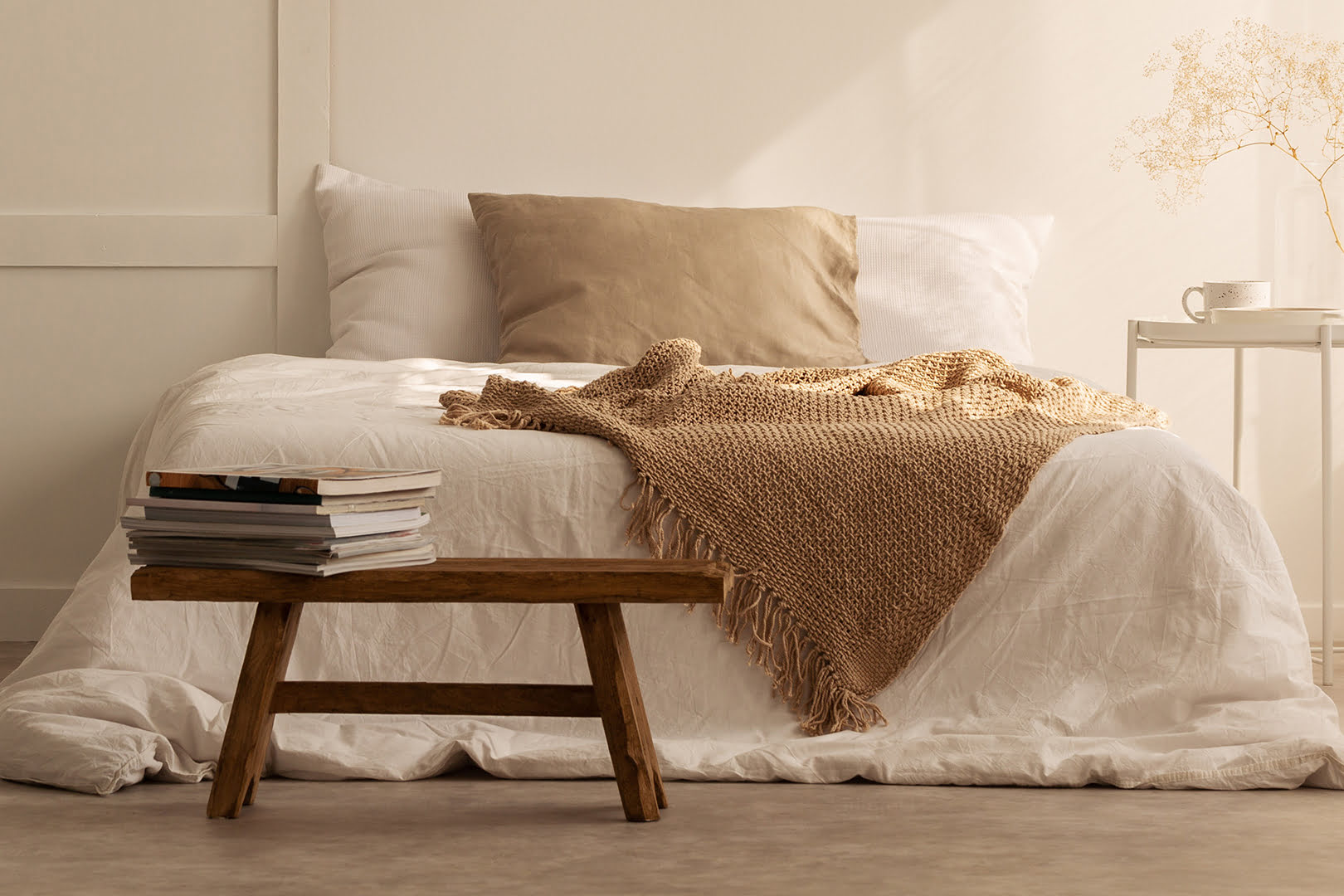
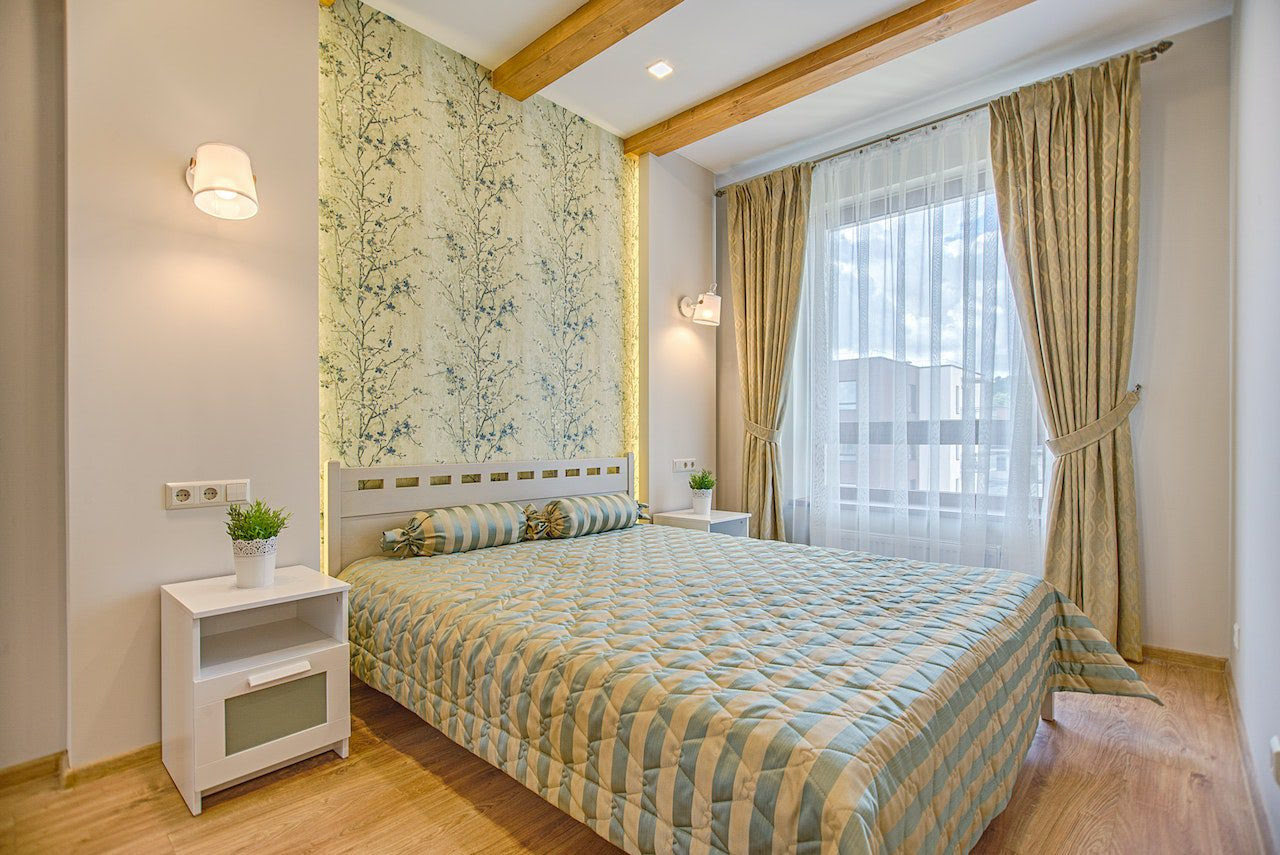
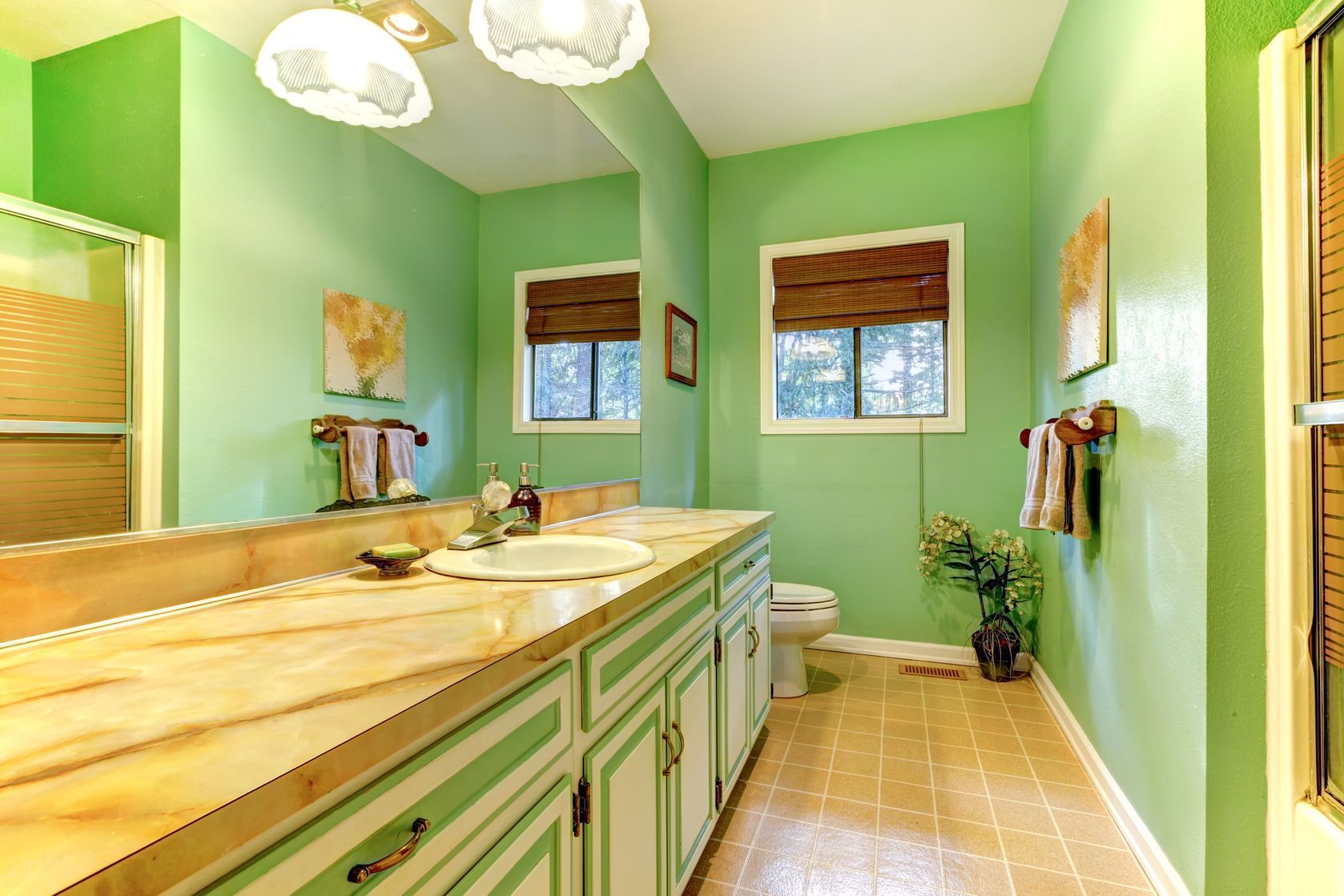
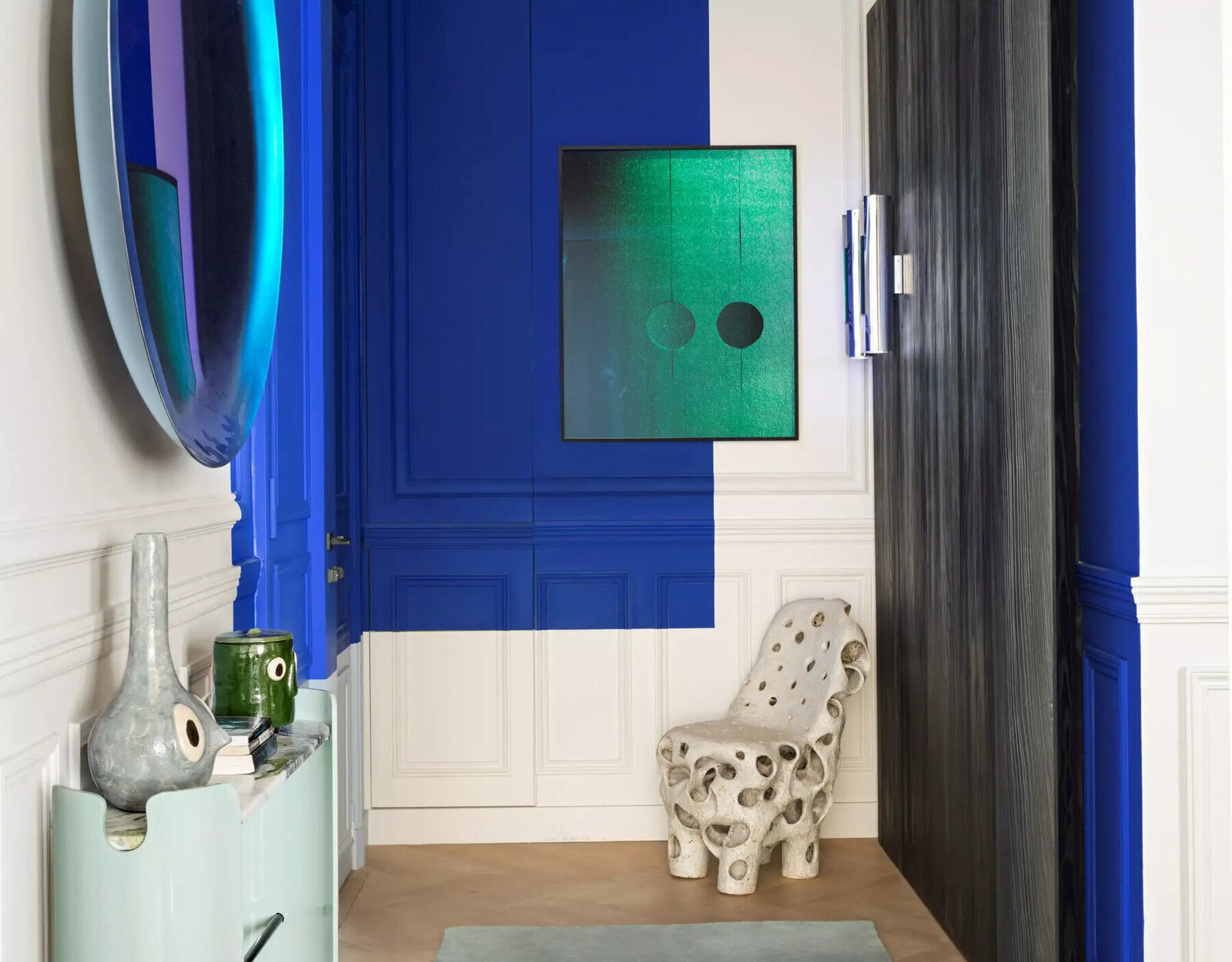
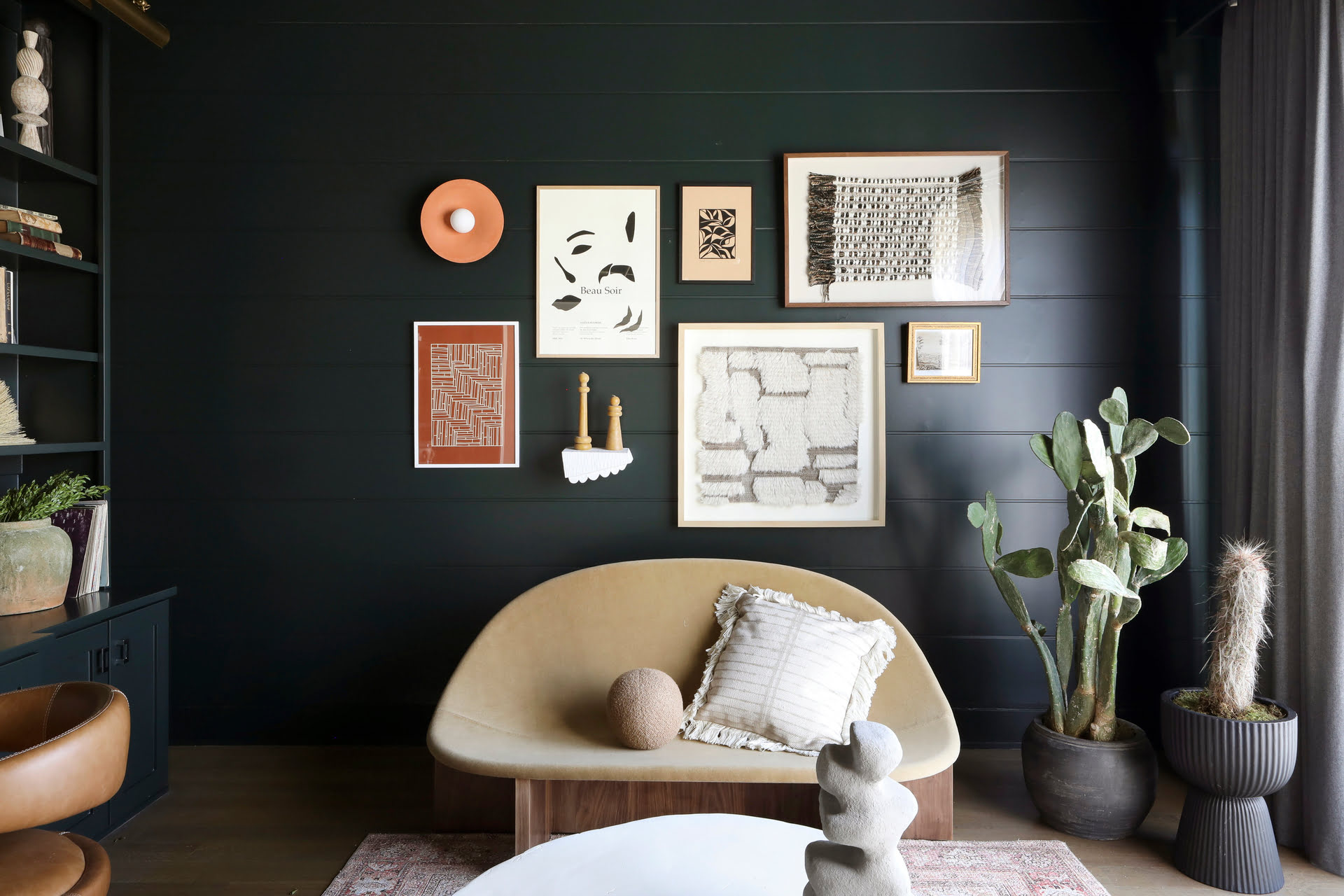
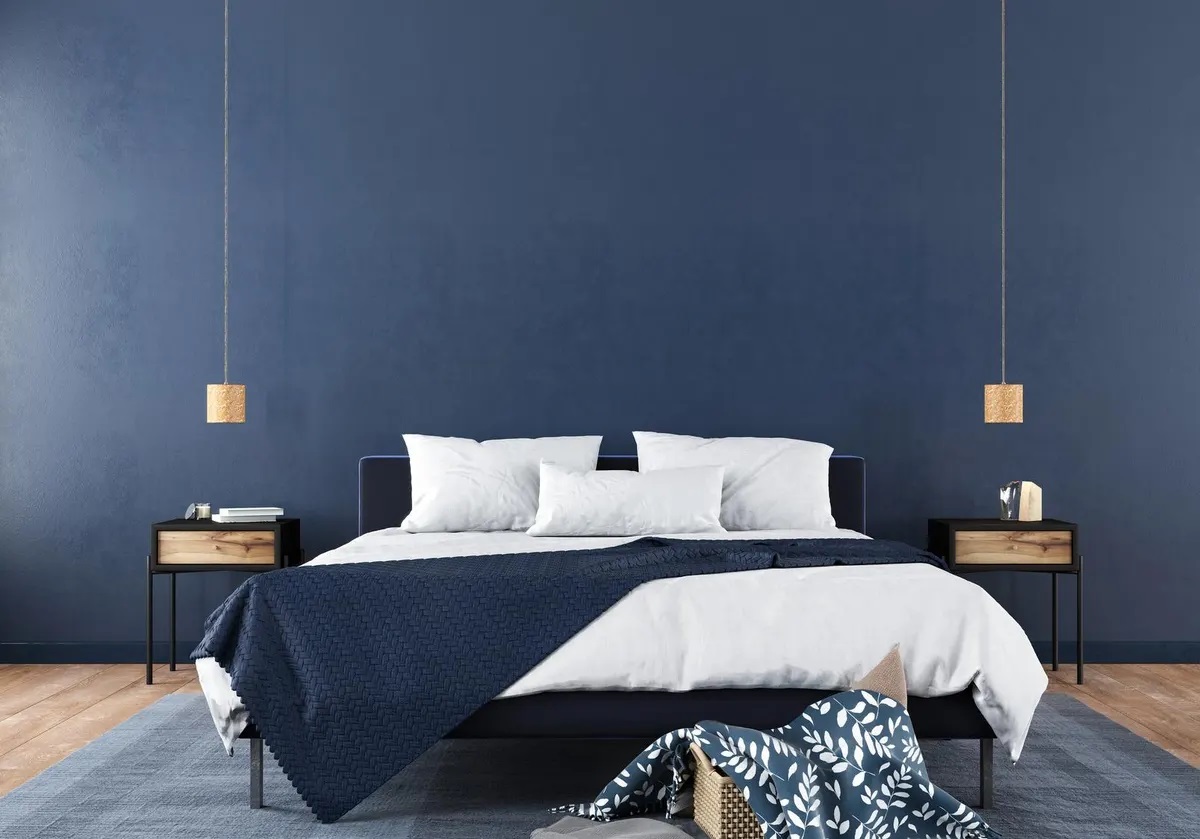
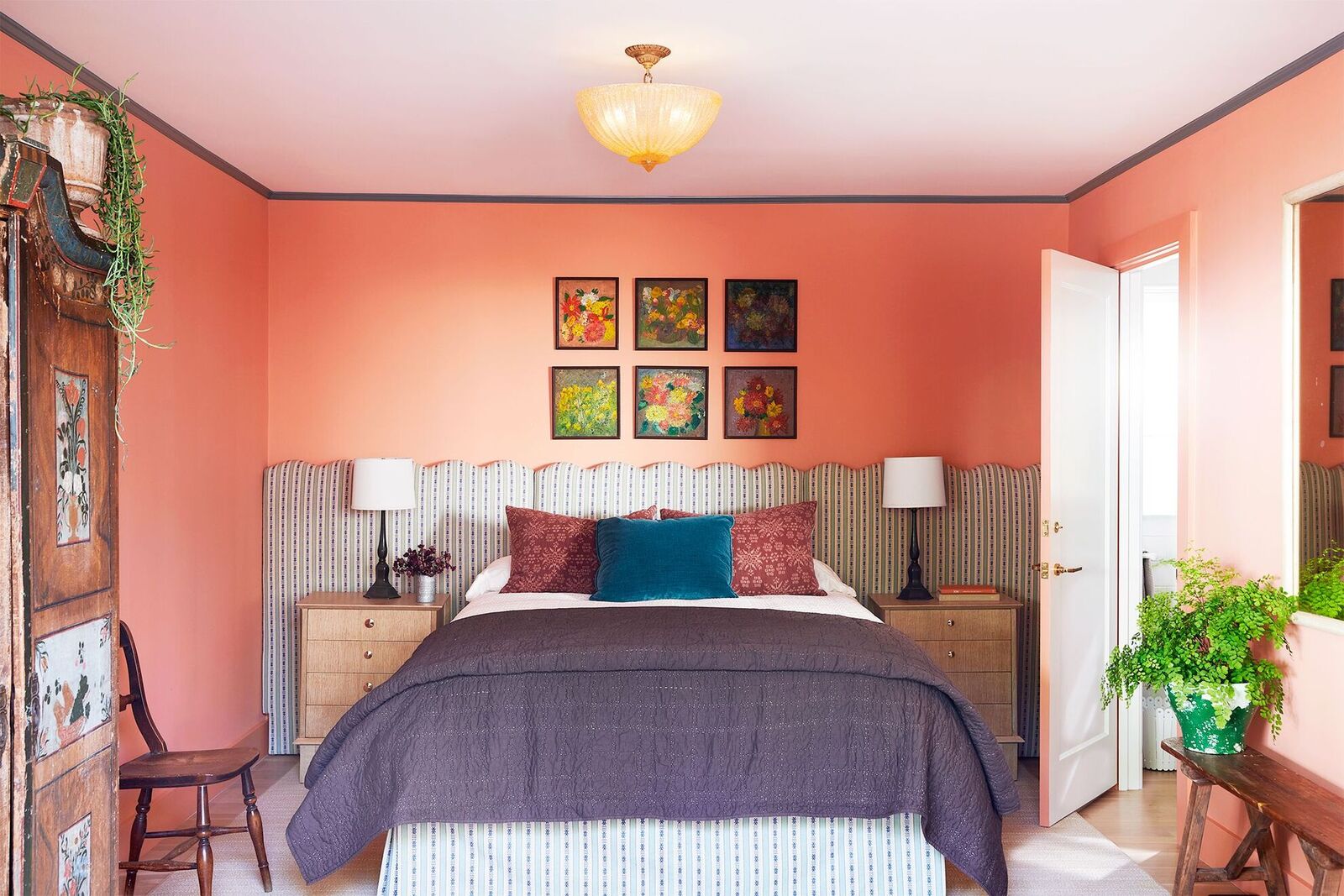
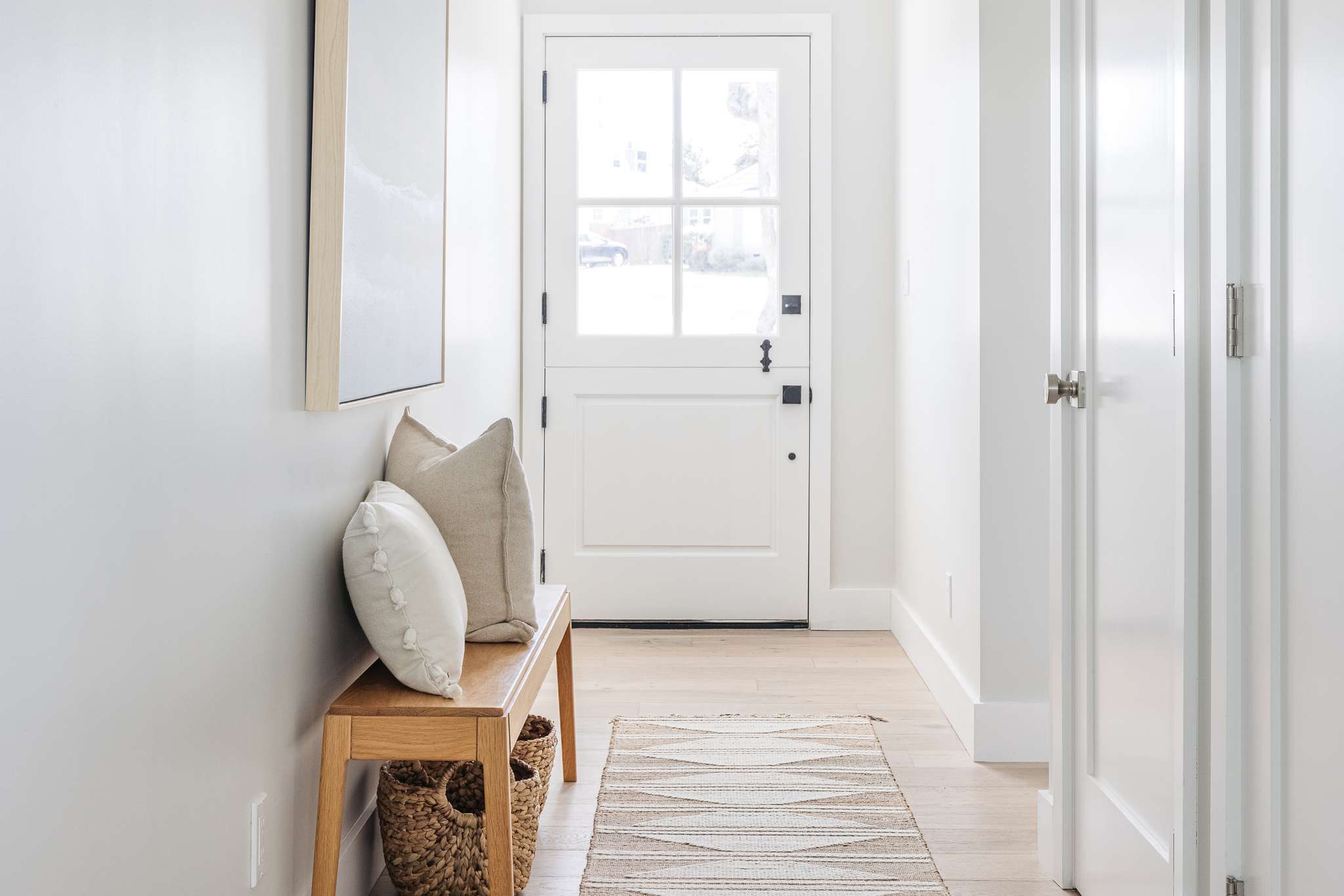
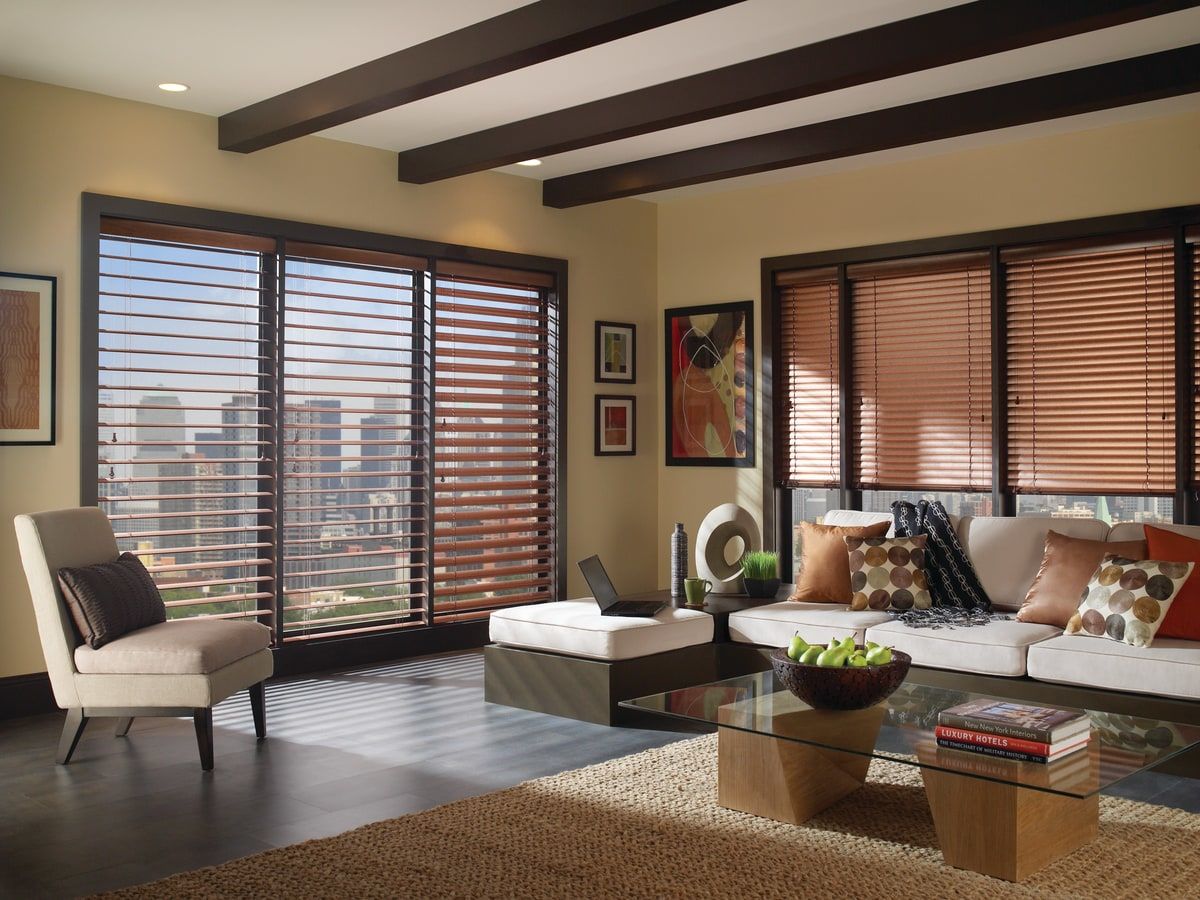
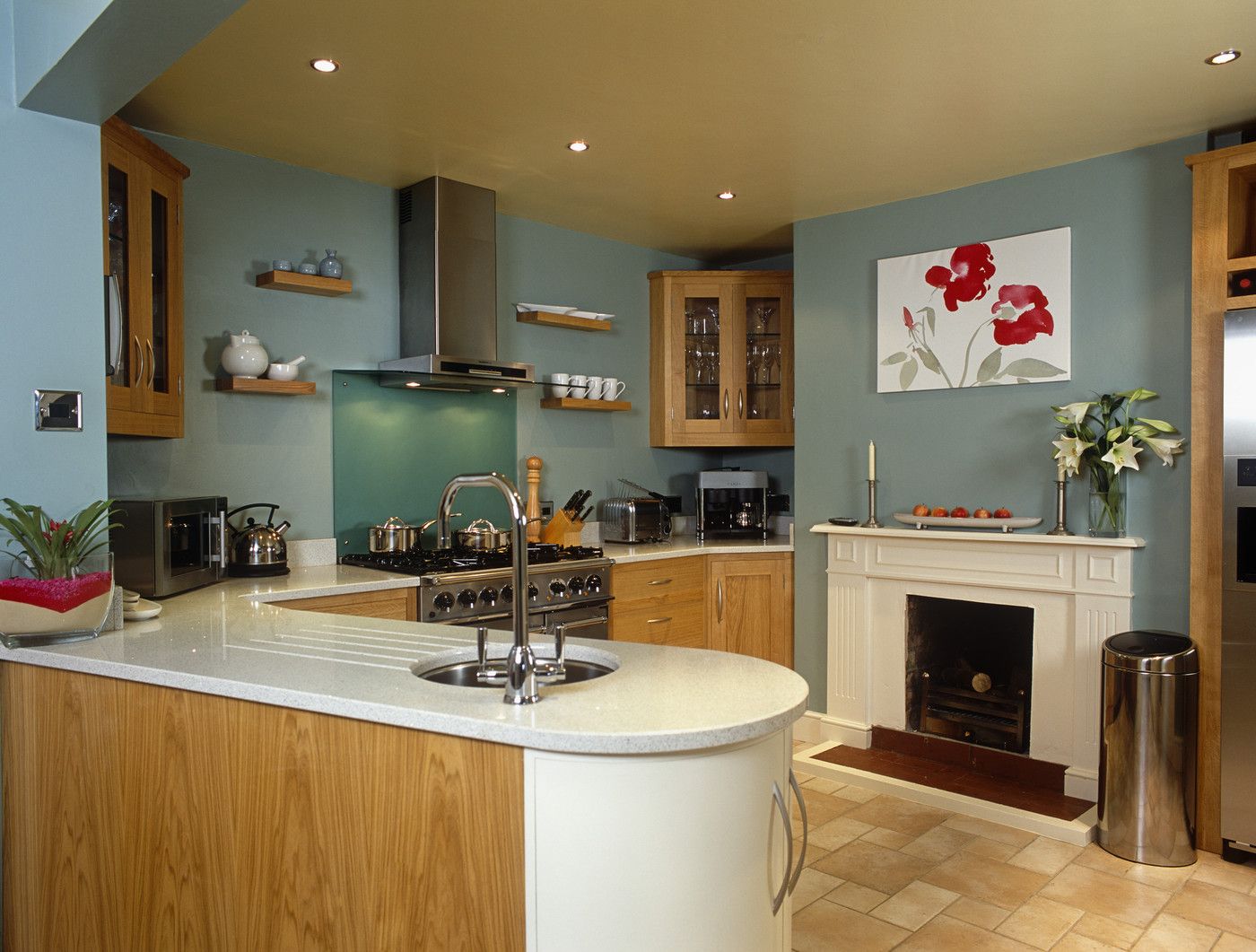
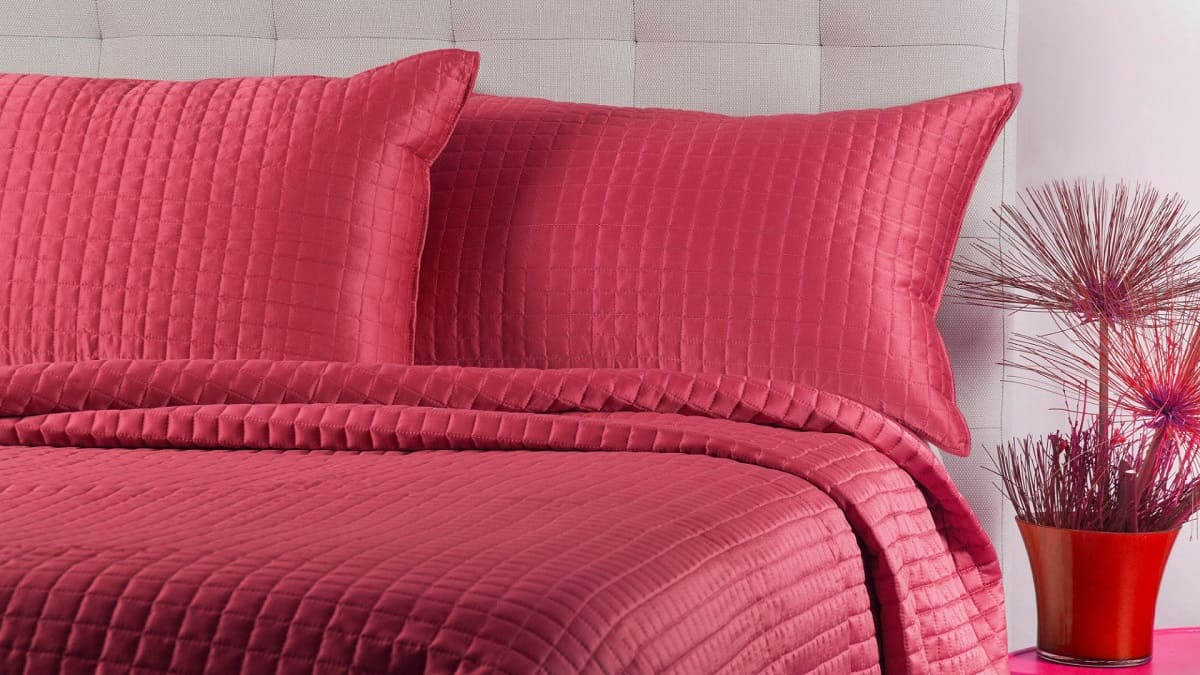
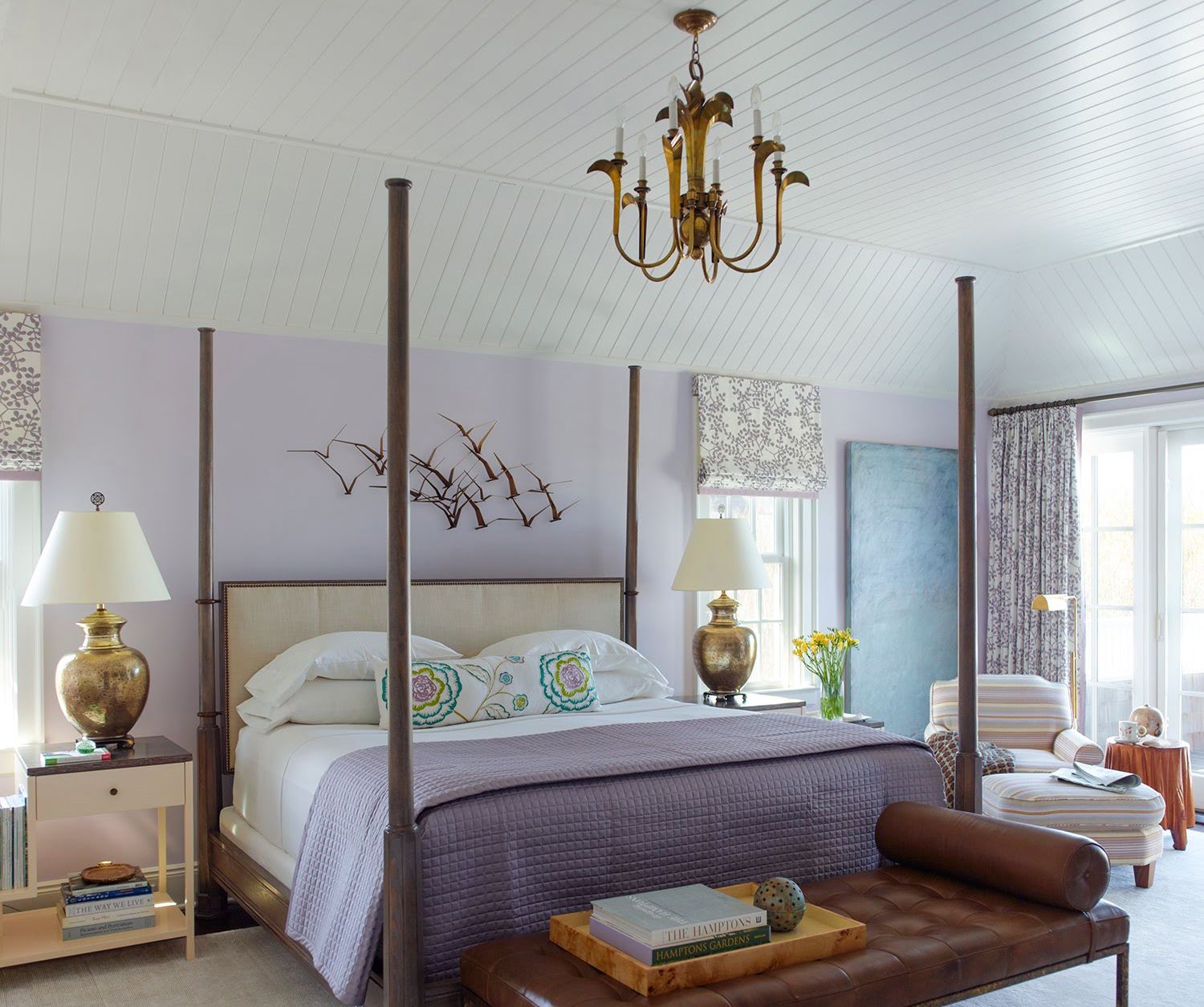
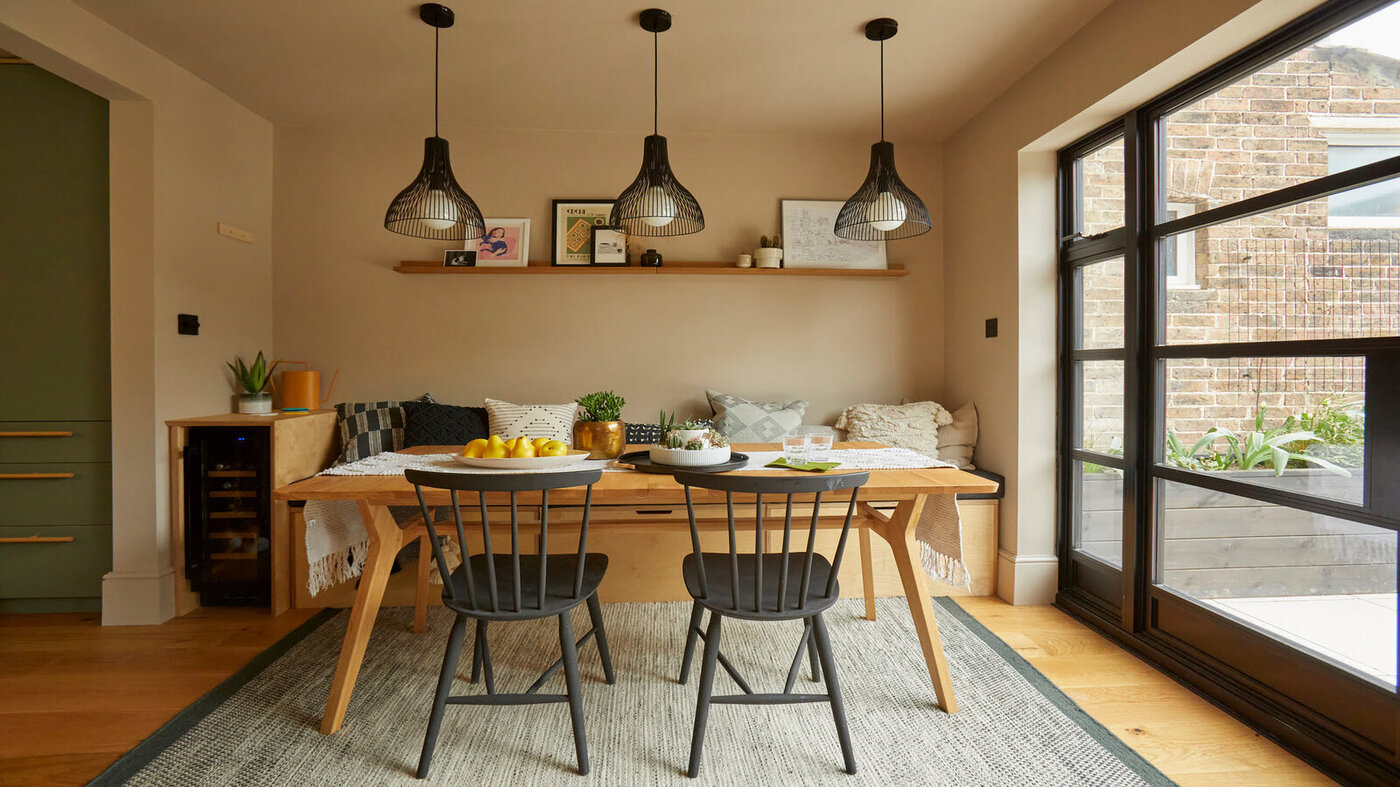
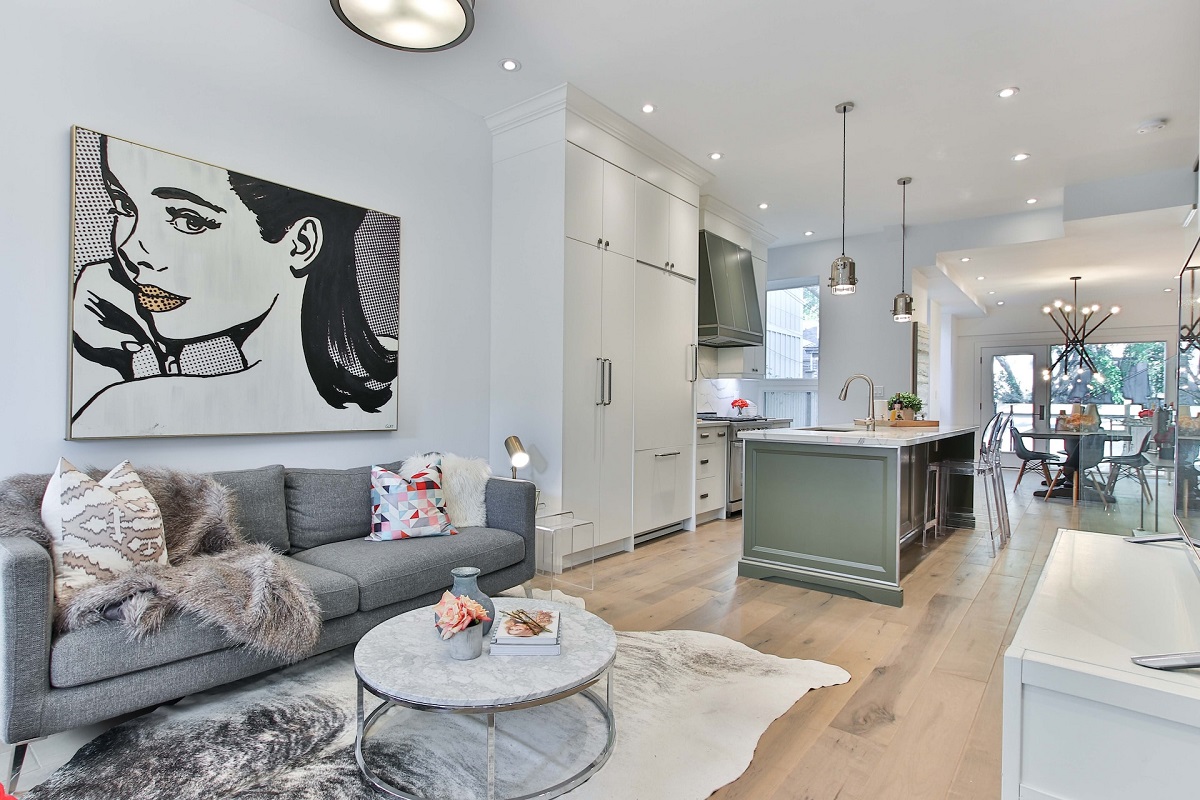

0 thoughts on “The 5 Unluckiest Bedroom Colors Experts Want Us All To Avoid”